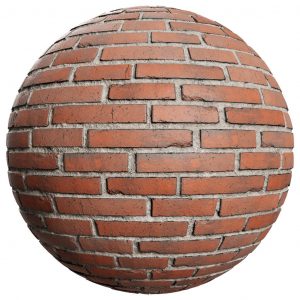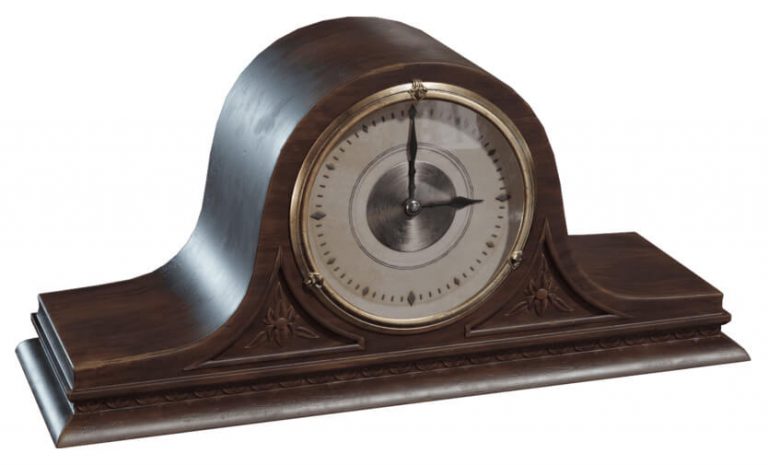Create a List of Assets
On this page
Once your blockout has been approved for the next stage—adding detailed assets—your objective will be to create an initial list of assets required for your level. Since the blockout is complete, you will have a clear understanding of which assets need to be replaced or added. It is likely that this list will require updates later as you identify new assets necessary to complete your level.
To ensure that the assets are suitable for your game, they must comply with the following:
Gameplay requirements, including objectives, rewards, AI behavior, and other elements defined in your game design document.
Narrative elements and story development.
Thematic consistency.
Game setting and locations.
Art direction and visual style.
Define Which Assets You Need
The asset list should include only the types of assets applicable to your game. These may include:
2D Assets
Sprite Sheets and Texture Atlases
A sprite sheet or texture atlas is a two-dimensional image containing multiple individual pictures (sprites or textures). It can be used, for example, to create animations, where each sprite represents a single frame.
A sprite sheet that can be used to create several animations, such as idle, throwing rocks, dying, and walking.
Textures and Materials
Textures are two-dimensional images wrapped around 3D meshes and represent various types of maps (such as diffuse, specular, normal, etc.) used for different rendering purposes. To apply these textures to a mesh, they must be compiled into a material, which stores information about how the surface should appear under different lighting conditions. A material can be thought of as the visible surface of a 3D model.
A material imitating a brick wall.
Credit: Ambientcg.com.
To define the visual characteristics of your assets, you must determine how many materials you need and what their visual properties are. Reference materials or images can help guide this process. The following visual properties should be specified:
Real-world material: Indicate whether the material represents a real-world substance such as wood, stone, metal, plastic, etc.
Colors: Define the color palette of the material.
Roughness: Specify how reflective the material should be, i.e., whether it will appear matte or glossy.
Transparency: Determine whether the material should allow light to pass through, affecting visibility through it.
Maintenance degree: Decide whether the material should appear well-maintained, aged, or damaged (e.g., weathered, burnt, or discolored).
Age: Indicate whether the material should appear new or old.
3D Assets
3D assets are detailed meshes with accompanying textures and materials. These can include:
Elementary assets:
Examples:
Characters with their gear.
Vehicles.
Buildings.
- Props: These add detail and realism to levels.
A 3D asset representing a mantel clock.
Credit: Polyhaven.com.
Examples:
Furniture.
Pots.
Vases.
- Landscape features.
Examples:
Foliage such as shrubs and trees.
Rocks.
Music
Music is a vital asset used to establish the appropriate atmosphere in your game. It can also provide cues about the game’s current state. For instance, the onset of dramatic music may indicate that combat has begun, while a reduction in intensity can signal the end of a confrontation.
Sound Effects
Sound effects provide auditory feedback that helps players understand what is happening in the game. They also significantly enhance the overall atmosphere and immersion.
Get Your Assets
To acquire the necessary assets, you have two main options:
Create your own assets, if you:
Possess the skills to create them yourself or have access to someone with the appropriate expertise.
Know how to achieve the desired level of quality.
Have sufficient time for the entire creation process.
Purchase or obtain free assets, if you:
Know that buying them will be more cost-effective than creating them.
Want to save significant development time.
Lack the required skills or knowledge to produce them.
Ensure that the assets are well-documented and that you understand how to implement them correctly.
Organize Your Assets
To maintain a clear overview of your assets, you can use a spreadsheet or similar tool for organizing data in tabular form. Ensure that each asset record includes, at a minimum, the following attributes:
Name: A unique and descriptive text string identifying the asset. This will also serve as the file name in your file system. Include relevant keywords to facilitate searching.
Asset Type: Specify whether it is a material, sprite sheet, elementary asset, prop, landscape feature, music, sound effect, ambience, or speech.
Priority: Indicate how essential the asset is for the level. For instance, major 3D assets may have high priority, while small decorative props may be low priority.
State: Define the current status of the asset—whether it needs to be acquired, is under development, or is ready for inclusion in the game.
You may also choose to include additional attributes that are relevant to your workflow, such as subcategories for elementary assets or sampling frequencies for audio files. When storing your assets, establish at least a basic folder structure to facilitate easier navigation and management.


